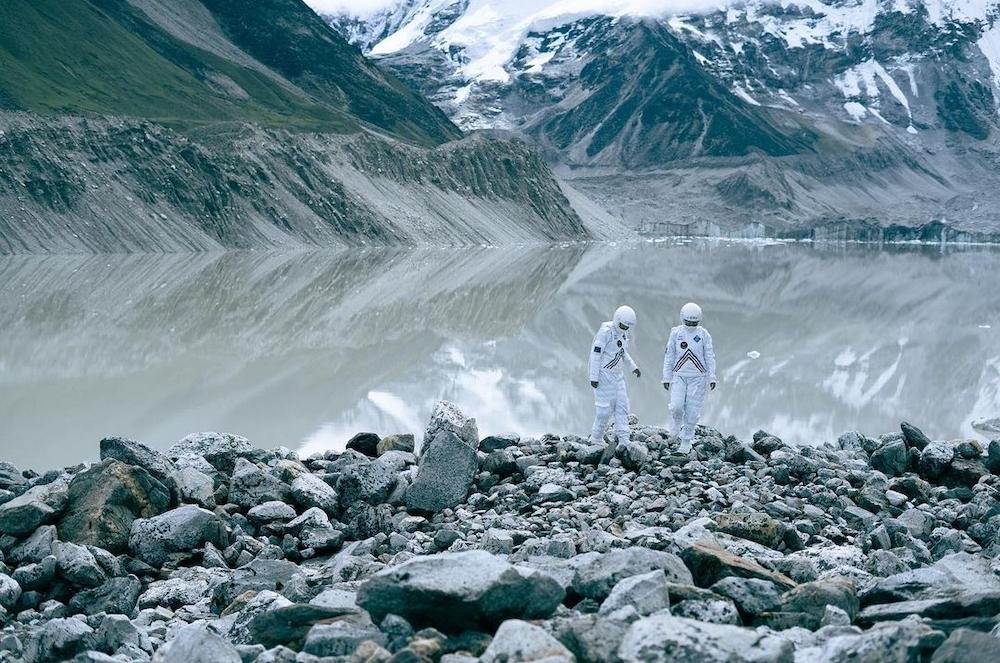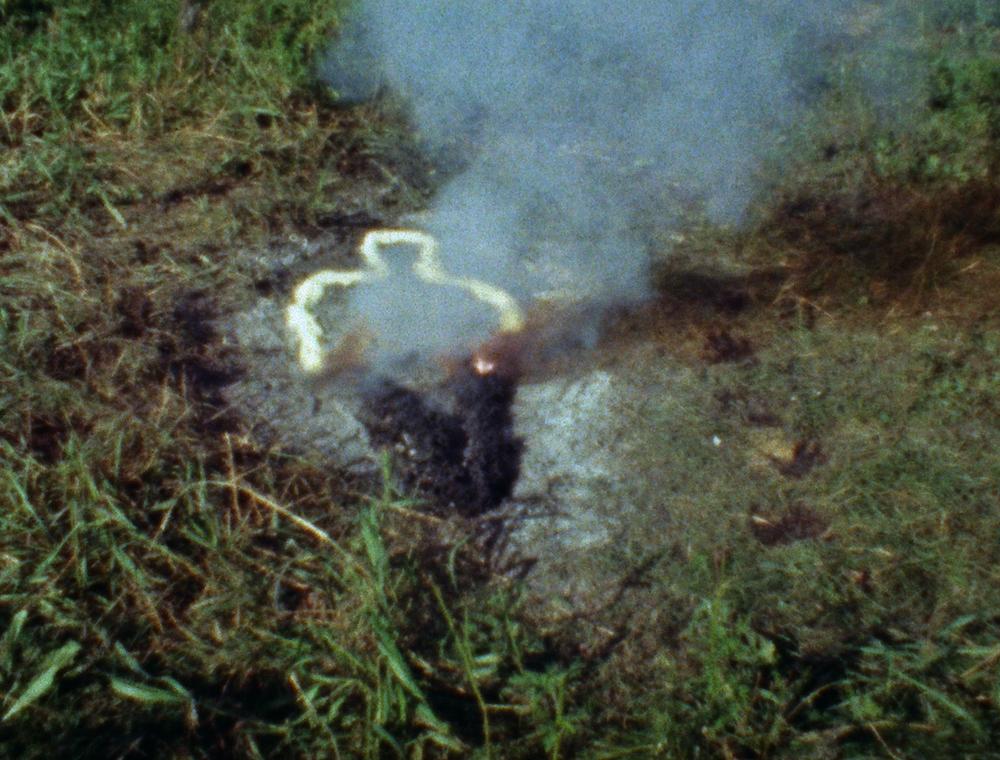Liminality and Plurality: Sheelasha Rajbhandari and Sharareh Bajracharya on KT2077
Recorded on 31 May 2021.
Established in 2017, the Kathmandu Triennale (earlier known as the Kathmandu International Art Festival) brings global contemporary art to historical venues in Kathmandu, Nepal. In this episode, we speak with Sheelasha Rajbhandari, one of the curators, and Sharareh Bajracharya, the director of this year's edition. For the triennale, the co-curators include artist Hitman Gurung, and Artistic Director Cosmin Costinas.
At its core, the Kathmandu Triennale is meant to be disruptive, if not restorative/reconstitutive. The conceptual stances—as voiced by the speakers here—are positioned specifically to reassess assumptions about existing Eurocentric canon(s) and the ahistoricisation of contemporary art. Its unique embrace of ancient sites along with an amalgam of new media interventions indicates that the triennale aims to push art—in South Asia—out of certain binaries and stereotypes associated with tradition, modernity, circumscribed spaces of viewing, etc.

Ningwasum. (Subash Thebe. 2021. Film/Docufiction. Forty Minutes. Photograph by Manish Tamang. Image courtesy of the artist.)

From the Series Silueta. (Ana Mendieta. 1978. Super 8 Millimetre Film Transferred to High-Definition Digital Media. Colour, Silent. Three Minutes Fourteen Seconds. Image courtesy of the Estate of Ana Mendieta Collection, LLC and Galerie Lelong & Co., New York.)
Grounded in their own evolving pedagogy and practice, Bajracharya and Rajbhandari both emphasise the need to recalibrate the role of the artist and the institutions that support them after the deferral of festivals throughout the world. In this respect, the curatorial mandate goes further, reflecting on how education must be conceived from a certain unlearning. They point to the social chasm that exists between those who critique art and who make it—a relationship Bhandari defines as a “casteist problem,” embedded throughout the region.
The triennale is envisioned later this year, even as the team continues to offer outreach programmes digitally. In this cast, both speakers elaborate on how co-constitutive elements in art production, curation and programming, can lead to expansive and improvised forms of production and display, especially when sustainability and ecological awareness have become imperative to the consideration/dissemination of art.
(Featured Image: Patan Symposium led by Veeranganakumari Solanki at Patan Museum, as part of the Kathmandu Triennale 2017. Nepal, 2017. Image courtesy of Kathmandu Triennale.)
The ASAP Cast series is supported by the Alkazi Foundation for the Arts.




